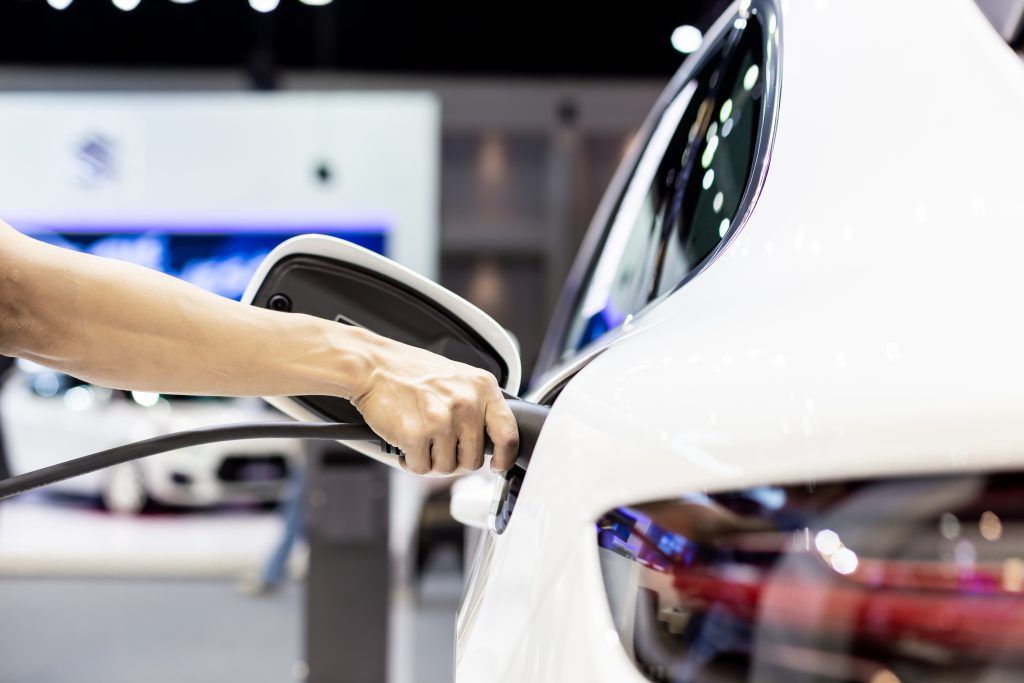A structural battery has been produced by university researchers that performs ten times better than previous versions, offering the potential for application into EVs.
The battery, created by Chalmers University of Technology, contains carbon fire as an electrode, conductor and load-bearing material, allowing for the creation on “massless” energy storage within EVs.
The batteries in EVs constitute a large proportion of the overall weight without fulfilling any load-bearing function. A structural battery works as both a power source and as part of the structure – in essence, the battery’s weight vanishes as it becomes part of the load-bearing structure. As a result, this would greatly reduce an EV’s weight.
The first attempt to make a structural battery was made as early as 2007 but it has so far proven difficult to manufacture batteries with both good electrical and mechanical properties. The new study, in collaboration with KTH Royal Institute of Technology in Stockholm, presenting a structural battery with properties that exceeds previous examples, in terms of electrical energy storage, stiffness and strength with a performance that is ten times higher than previous structural battery prototypes.
The battery has an energy density of 24 Wh/kg, meaning approximately 20% capacity compared to comparable lithium-ion batteries currently available. But since the weight of the vehicles can be greatly reduced, less energy will be required to drive an electric car, for example, and lower energy density also results in increased safety.
Speaking about the news, Professor at Chalmers, Leif Asp, said: “Previous attempts to make structural batteries have resulted in cells with either good mechanical properties, or good electrical properties. But here, using carbon fibre, we have succeeded in designing a structural battery with both competitive energy storage capacity and rigidity.”
“The next generation structural battery has fantastic potential. If you look at consumer technology, it could be quite possible within a few years to manufacture smartphones, laptops or electric bicycles that weigh half as much as today and are much more compact.
“We are really only limited by our imaginations here. We have received a lot of attention from many different types of companies in connection with the publication of our scientific articles in the field. There is understandably a great amount of interest in these lightweight, multifunctional materials.”
Image from Shutterstock








